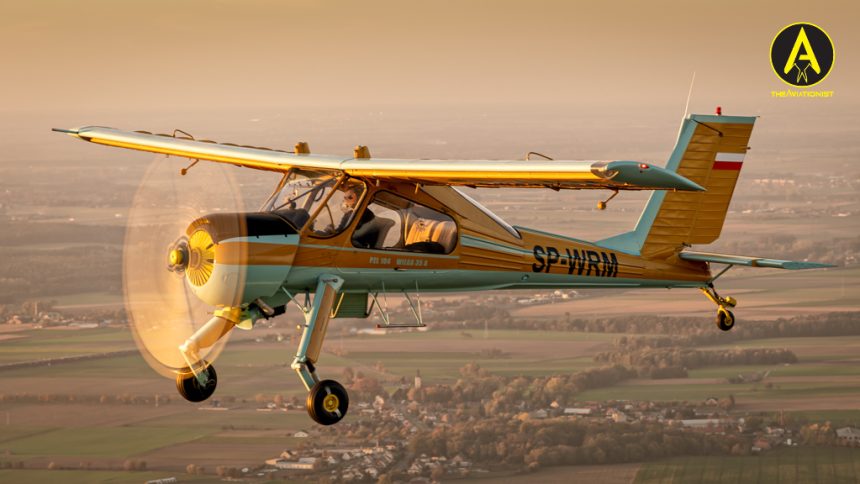Up close and personal with the Polish Competition Flying Legend: the PZL-104.
A couple of weeks ago, we did an air-to-air photoshoot with two PZL-104 Wilga 35A aircraft – a legendary Polish utility aircraft that was designed in the 1960s. It is an iconic STOL (Short Take Off and Landing) design, developed by the Polish aviation industry. Interestingly, the design was operated not only in the civil role but also in the military.
We did the shoot with two Wilga 35A airframes stationed at Lotnisko Leszno: one aircraft (SP-EBK) was wearing the standard white-red livery, so common among the Wilgas used at the Polish flying clubs, while the other was wearing an export livery – it has made its way back to Poland from Germany where it was wearing the registration number D-EWRM – now, the reg is SP-WRM. The SP-EBK airframe is 50 years old this year: it was manufactured in 1971 and has been used at the Polish flying clubs since then, uninterruptedly. Now it is used as a towplane at Lotnisko Leszno/Aeroklub Leszczyński. The SP-WRM is also based in Leszno and the year of manufacture of this specific aircraft is 1978.
Wilga is a design that was manufactured at the PZL-Okęcie facility in Warsaw, since 1962. The last examples went off the production line in 2008. Around 1,000 airframes were built.
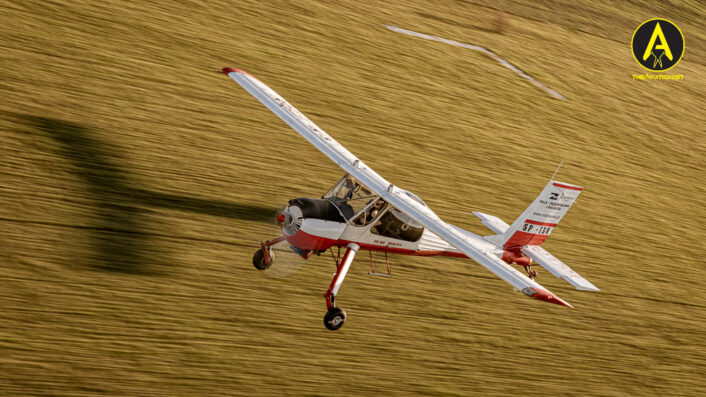
Wilga was designed as a competition/sporting aircraft: it was a very good tow plane, and it was also to be used by the skydivers. The chief designer of Wilga, Wiktor Narkiewicz, designed the aircraft initially to use a 143 kW WN-6RB Boxer, an engine that turned out to be troublesome, since it was overheating. The design works continued, as Indonesia became a potential export buyer, interested in procuring the airframes from Poland.
Another prototype received Wilga 2 designation, with a new fuselage, with the cockpit offering very good visibility. The PZL-104 Wilga 2 made its maiden flight on Aug. 1, 1963, becoming the proper prototype of the series manufactured Wilga aircraft. The WN-6 engine was still causing some troubles hence it was replaced with the Al-14R radial engine (license-manufactured Soviet design) and this led to the emergence of what we know as Wilga today. The Al-14R was tailored to use a low-RPM propeller of large diameter (265 cm) that enhanced Wilga’s STOL/glider-towing performance. The aircraft was further refined, to become the PZL-104 Wilga 35 which made its maiden flight in June 1967.
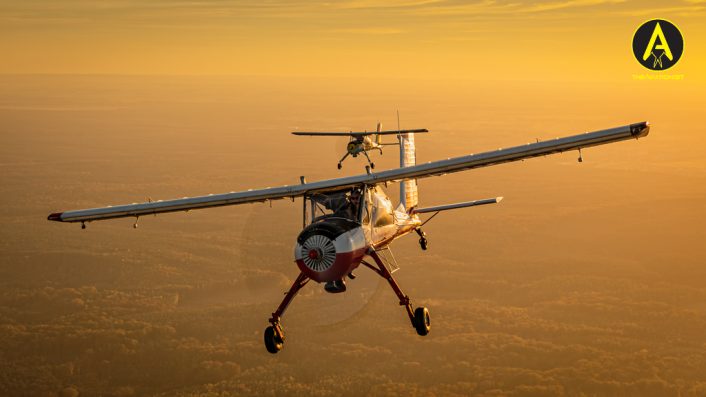
As competition gliding popularity in Poland was growing, Wilga, with its high-quality STOL performance, came in at a perfect moment. The aircraft was and still is a workhorse sporting aircraft. With the type, for many years the Poles dominated the FAI precision flying competitions.
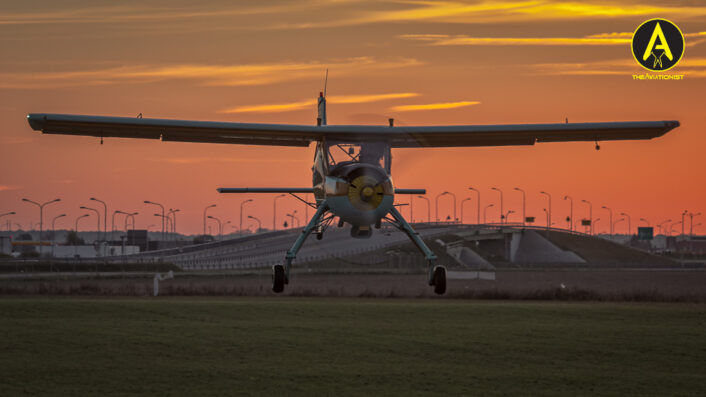
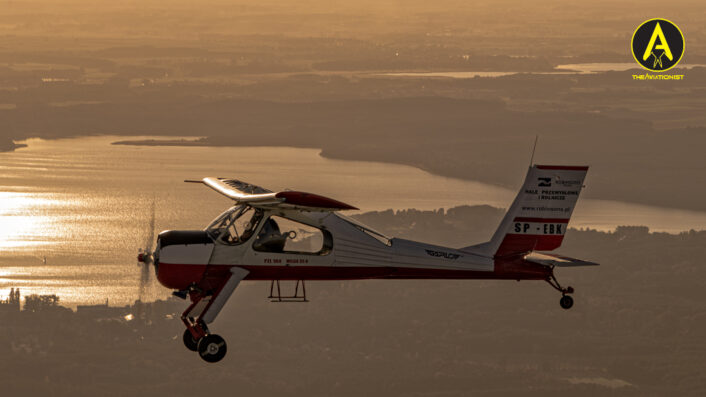
Notably, Wilga 35 and Wilga 35A aircraft were operated by the Polish military, in a quantity of 27 airframes delivered between 1971 and 1976. It was used as a liaison airframe. An airborne radio relay variant was produced, with Neptun system and wing-mounted antennas, extending the range of military radio communications. It was being flown until the 1990s, then the military handed them off for use in a civil, general aviation setting.
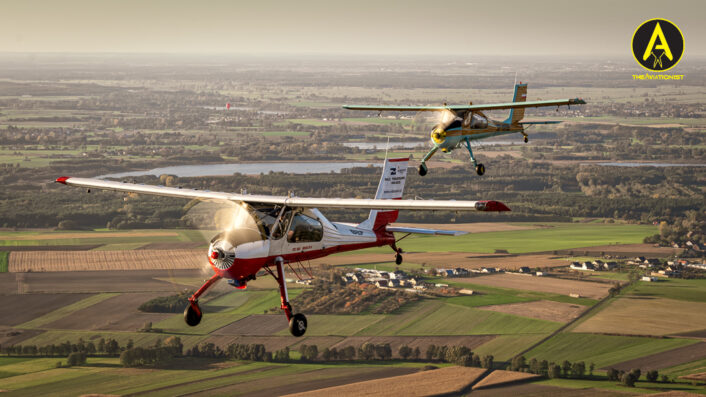
During the aerial shooting, we flew in the Leszno-based Cessna TU206G StationAir (OK-TSK) that is usually used by skydivers. The plan had to take into account the limitations imposed by the fact that we would be shooting our models from one side of the aircraft. We arranged a scenic route, with several turns and breaks, that would highlight Wilga’s appearance. The shooting was executed during two 30-min. sorties late afternoon, on Sunday, Oct. 24, 2021 – making use of the beautiful weather and autumn sunset. The photos were shot by the author, while the video was shot by Przemek Szynkora (FoxTwo.pl).
We would like to thank everybody at Lotnisko Leszno, especially Michał Wróblewski and Michał Adamczak (flying the Wilgas), and Michał Graczyk (Director at Lotnisko Leszno), and Paweł – the photoship pilot, for making the shoot possible. Further acknowledgments go to FoxTwo.pl’s Przemek Szynkora, for helping us plan and execute the shoot.

